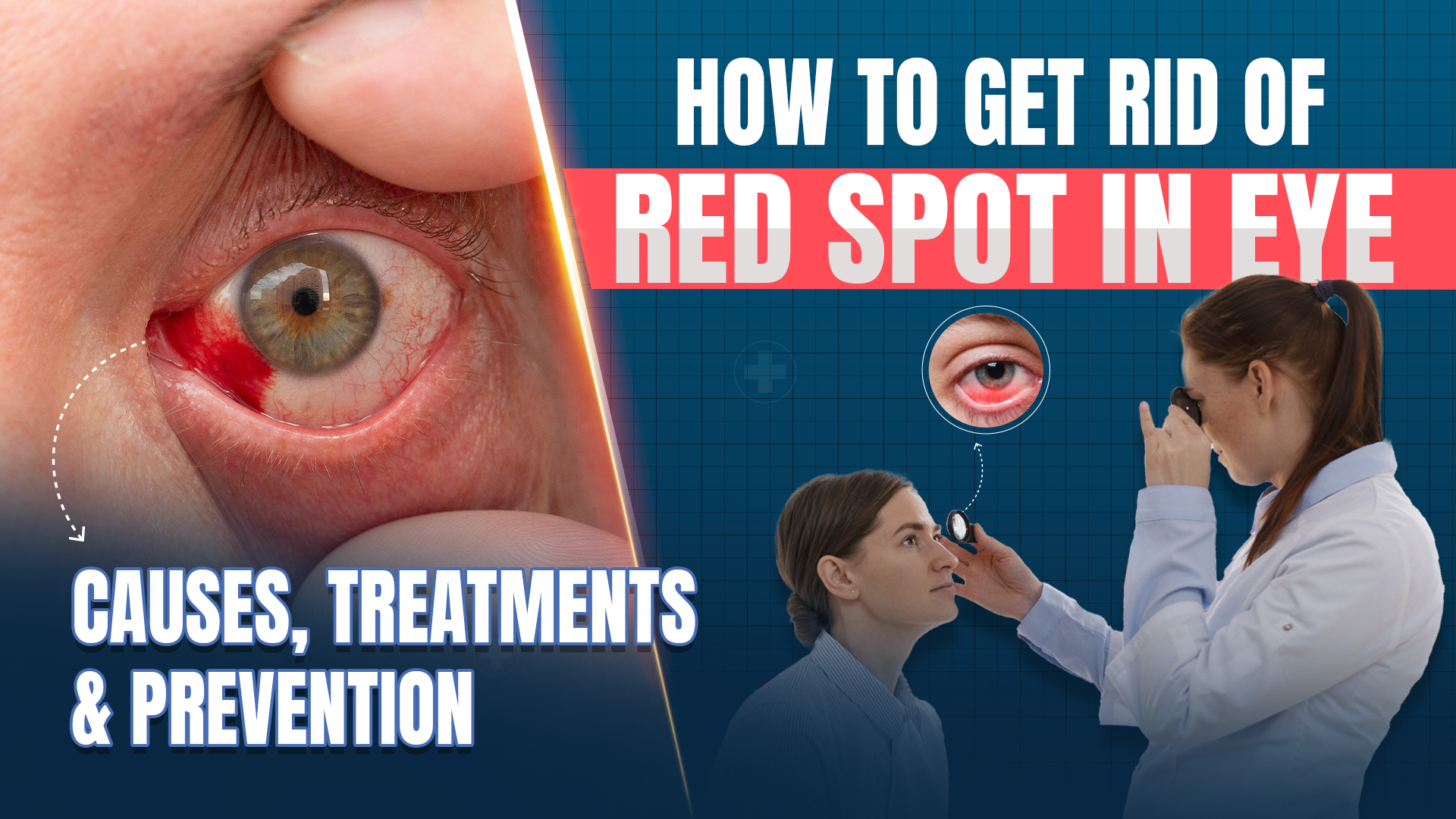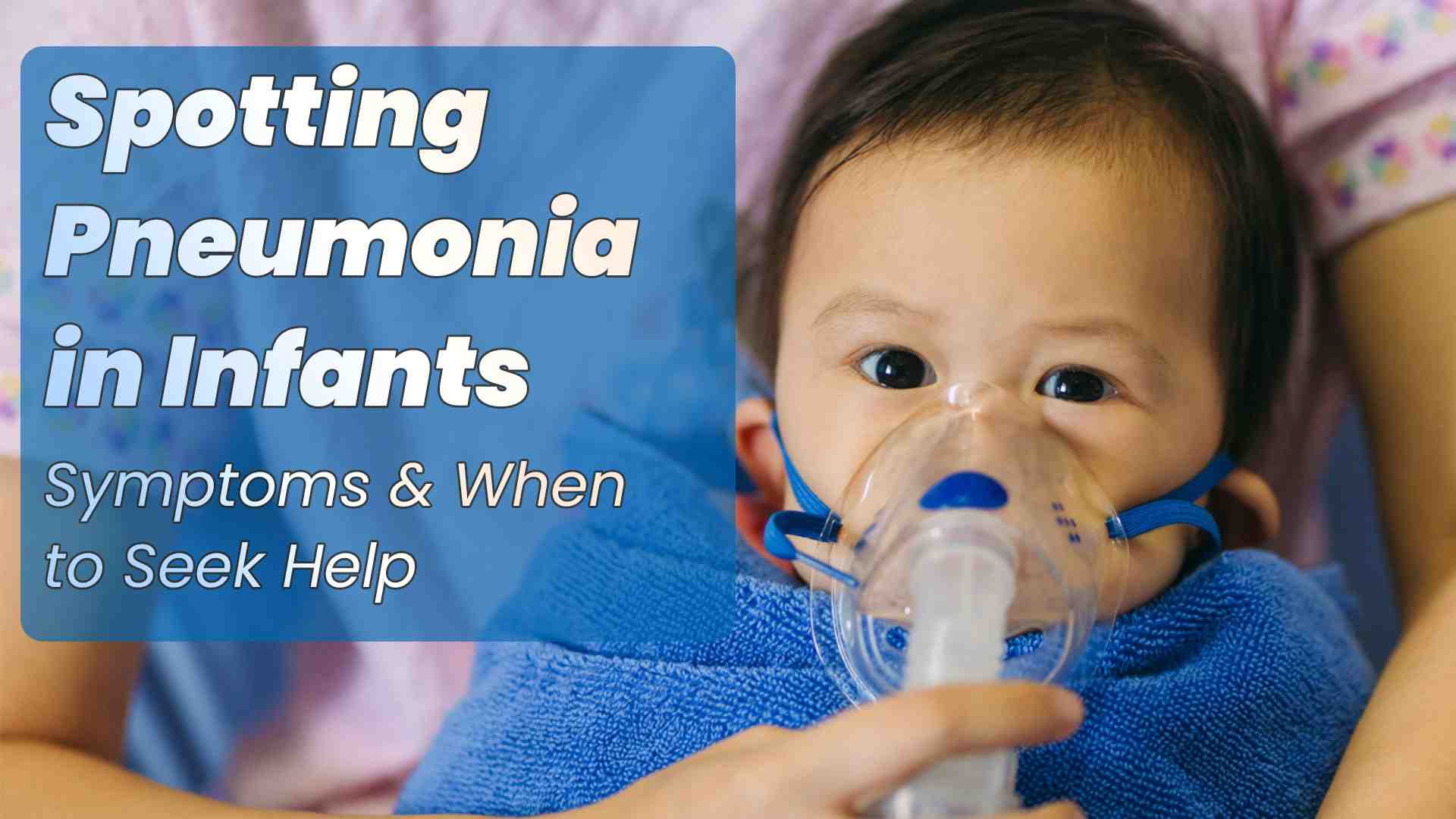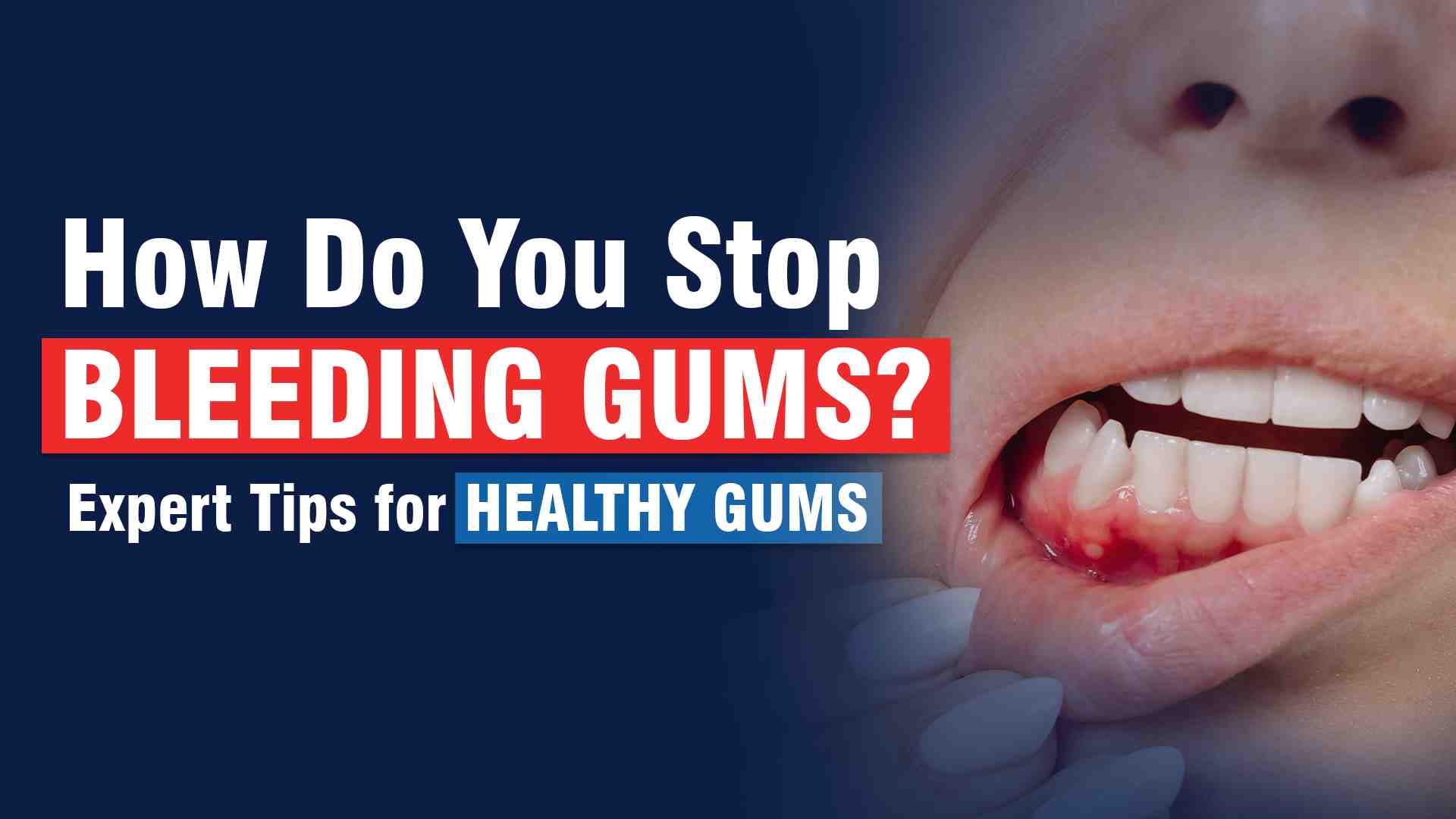How to Get Rid of Red Spot in Eye: Causes, Treatments, and Prevention
Verified By Dr. Himanshu Arora | 02-Aug-2024
Red spots in the eye, known as subconjunctival hemorrhages, can be alarming when they suddenly appear. Although these red spots are usually harmless and disappear on their own, understanding their causes, treatment options, and preventive measures is essential for maintaining eye health. Dr. Himanshu Arora, Consultant Ophthalmologist at Kailash Hospital, Dehradun, offers his insights on how to manage and prevent this condition.
Table of Content
The white part of your eye, called the sclera, is covered by a thin, clear membrane known as the conjunctiva. Between these layers lie tiny blood vessels that can rupture, causing a red spot to appear. This is often painless and doesn't affect vision.
- Underlying Health Conditions: Conditions like hypertension, diabetes, or blood clotting disorders may also lead to the appearance of red spots in the eyes.
- Injury or Trauma: A blow to the eye or rubbing it too hard can result in blood vessel rupture, creating a red spot.
- Medications: Blood-thinning medications, like aspirin or anticoagulants, can make you more prone to developing these red spots.
- Increased Pressure from Coughing or Sneezing: Sudden increases in pressure due to intense coughing, sneezing, or even heavy lifting can cause blood vessels in the eye to burst, leading to red spots.
- Contact Lens Usage: Ill-fitting or dirty contact lenses can irritate the eye, causing blood vessels to break and creating red spots.
- Eye Strain: Prolonged use of digital devices or reading in low light can strain your eyes and lead to the appearance of red spots.
Also read: कहीं आपकी आँखें भी तो नहीं हो रही है ग्लूकोमा का शिकार? जाने लक्षण, उपचार व बचाव के उपाय
While red spots in the eye typically resolve on their own within a week or two, there are ways to accelerate the healing process and manage any discomfort.
- Apply Cold Compresses: Applying a cold compress to the affected eye can help reduce any associated swelling or discomfort. Simply wrap ice in a cloth and gently apply it to the closed eyelid.
- Avoid Rubbing Your Eyes: Rubbing your eyes can exacerbate the condition, so it's essential to avoid touching or irritating the area further.
- Follow Medication Advice: If you’re on blood thinners or other medications, consult your doctor to see if your dosage needs adjustment to prevent further episodes.
- Rest Your Eyes: If eye strain is the cause, giving your eyes a break from screens and ensuring you get enough sleep can help your eyes heal faster.
- Use Artificial Tears: Lubricating eye drops, or artificial tears, can provide relief from irritation or dryness that may accompany the red spot.
- Consult an Eye Specialist: If the red spot doesn’t fade within two weeks or if you experience pain, vision changes, or recurrent red spots, seek medical advice from an eye specialist like Dr. Himanshu Arora at Kailash Hospital, Dehradun.
Most subconjunctival hemorrhages don't require medical intervention. However, if the red spot is accompanied by other symptoms, persists for an extended period, or recurs frequently, it's advisable to consult an eye specialist.
Dr. Arora emphasizes, "At Kailash Hospital, Dehradun, we have a team of experienced eye specialists who can accurately diagnose the cause of the red spot and provide appropriate treatment if needed."
- Persistent or Increasing Redness: If the redness doesn’t fade or spreads across the eye, it’s crucial to consult a doctor.
- Vision Problems: Blurred vision, double vision, or complete vision loss associated with a red spot should be evaluated immediately.
- Pain or Discomfort: Persistent pain or discomfort in the eye, especially if accompanied by a red spot, should not be ignored.
- Recurrent Red Spots: Frequent occurrence of red spots may indicate an underlying health condition that needs to be addressed.
- Bleeding Disorders: If you have a known bleeding disorder or are on blood-thinning medications, discuss any red spots with your doctor to rule out complications.
Also read: धुंधली होती दुनिया? आंखों में मोतियाबिंद के लक्षणों को पहचानें
Prevention is always better than cure, and there are several ways to minimize the risk of developing red spots in your eyes.
- Protect Your Eyes from Trauma: Wear protective eyewear during sports or activities where eye injuries are possible.
- Maintain Eye Hygiene: Ensure your contact lenses are clean and fit correctly. Avoid sharing eye makeup and regularly clean your makeup brushes.
- Manage Underlying Health Conditions: Keep conditions like hypertension and diabetes under control through regular check-ups and medication.
- Practice Good Eye Care Habits: Take regular breaks from screen time, ensure proper lighting when reading, and avoid excessive eye rubbing.
- Monitor Medication Side Effects: If you are taking blood thinners or other medications that could affect your eyes, consult your doctor regularly to monitor any potential side effects.
- Stay Hydrated and Maintain a Healthy Diet: Proper hydration and a diet rich in vitamins A, C, and E can support overall eye health and prevent issues like red spots.
Red spots in the eye, while often benign, can be a sign of underlying health issues or poor eye care habits. Understanding the causes, treatment options, and preventive measures can help you keep your eyes healthy and avoid future episodes. If you ever experience persistent or severe symptoms, don’t hesitate to consult with our eye specialist, Dr. Himanshu Arora, at Kailash Hospital, Dehradun.
By taking proactive steps and seeking timely medical advice, you can ensure that your vision remains clear and your eyes stay bright and healthy. Remember, eye health is integral to your overall well-being, so never neglect any changes or symptoms in your eyes.












